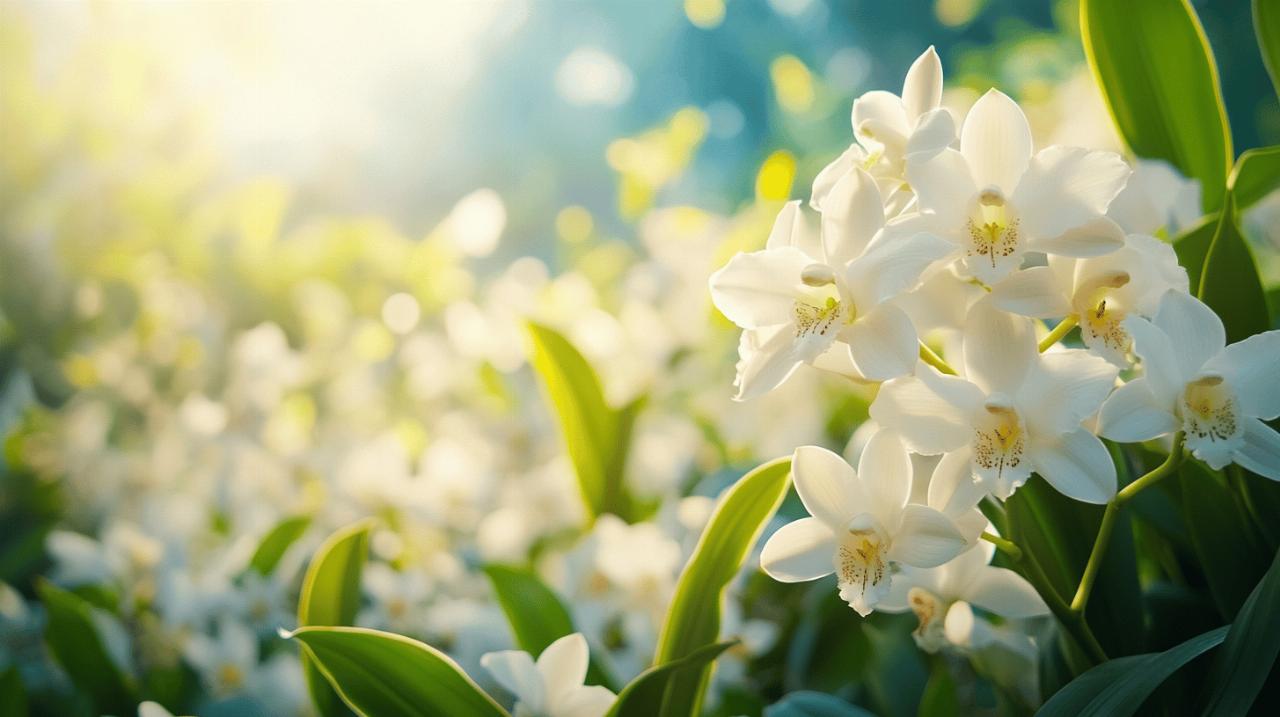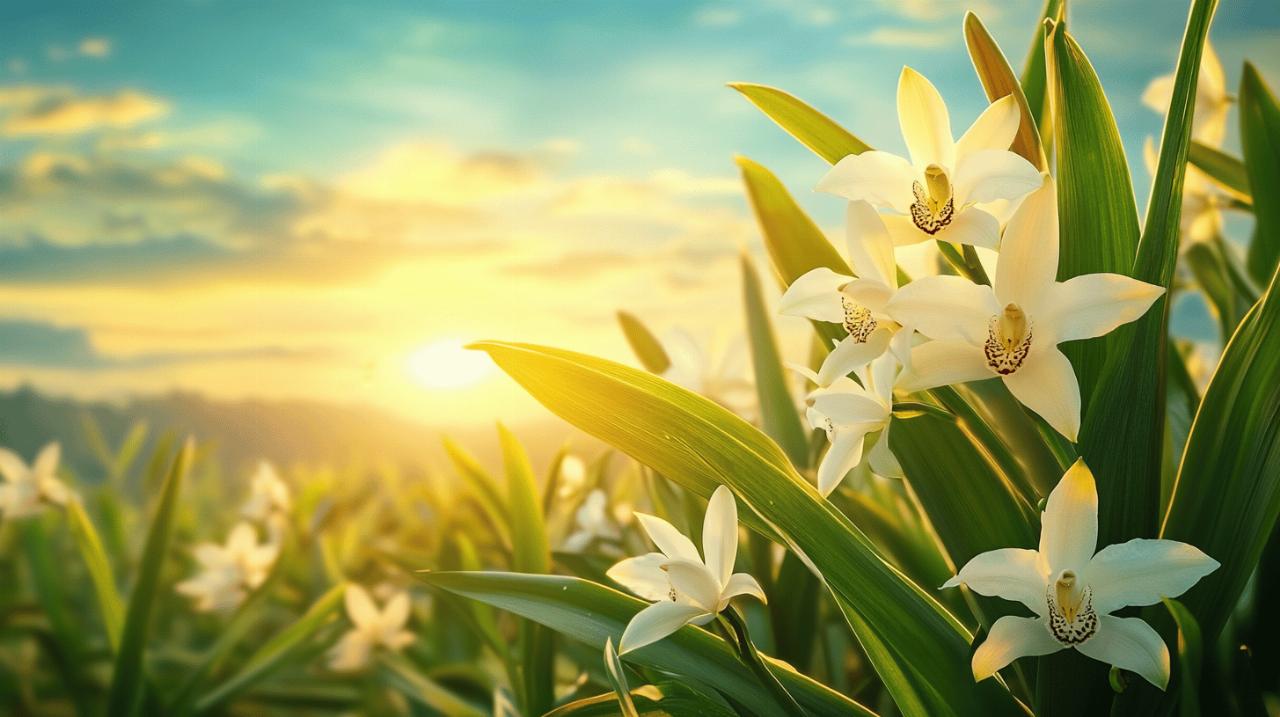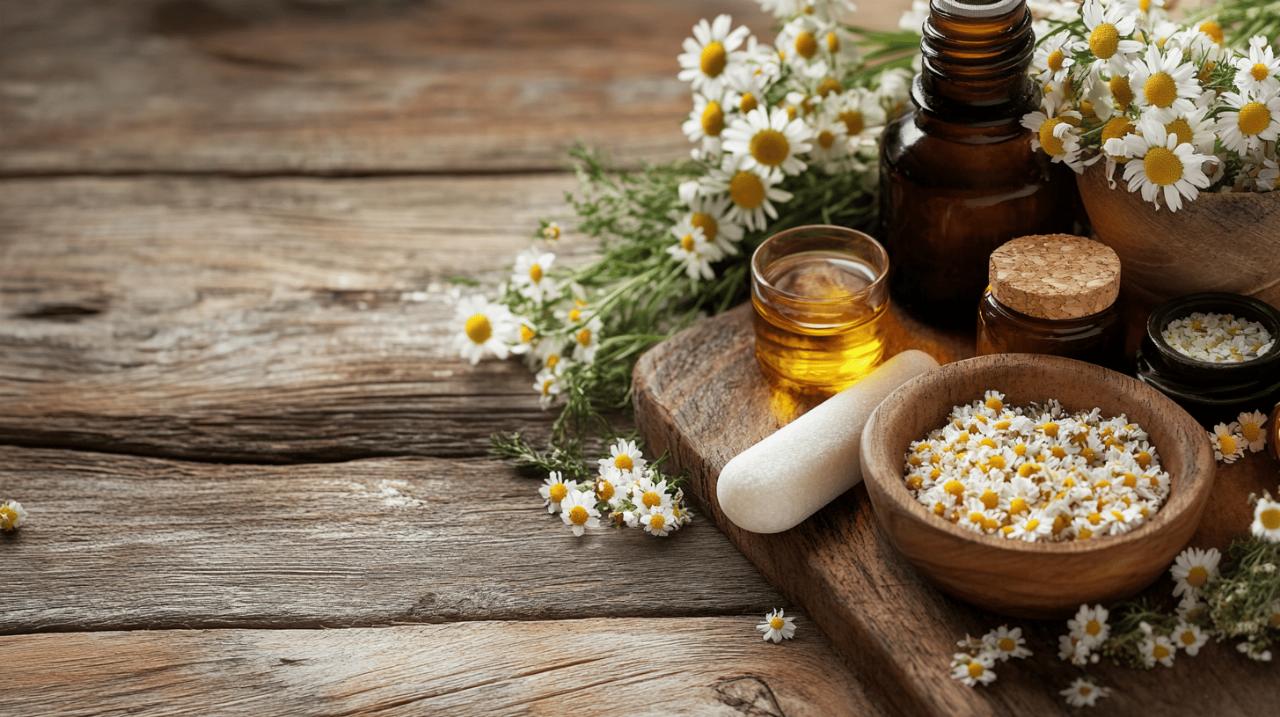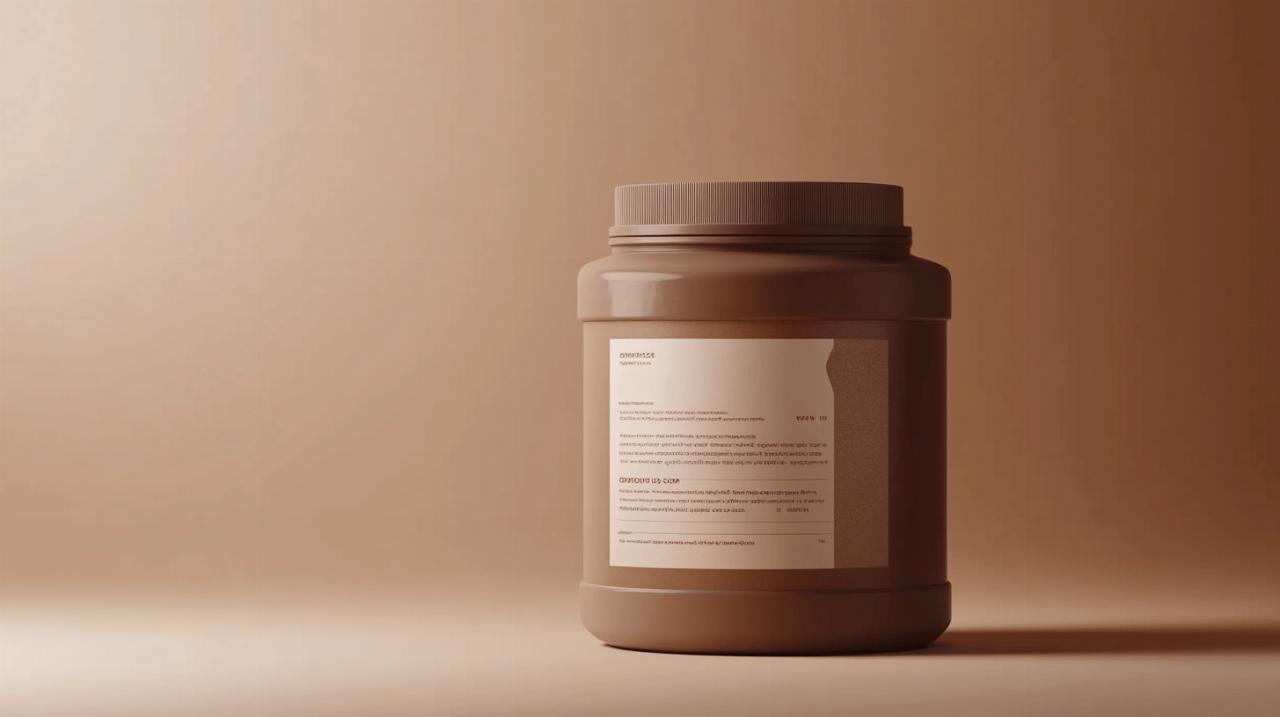The delicate blooms of the vanilla orchid have captivated both culinary enthusiasts and wellness seekers for centuries. Far beyond its familiar role in desserts and beverages, this remarkable flowering plant offers a fascinating intersection of botanical wonder and natural health support. Understanding the journey from orchid flower to prized spice reveals not only the dedication required to produce quality vanilla but also the potential wellness benefits hidden within those dark, aromatic pods.
The botanical journey: from orchid blossom to prized spice
Understanding vanilla planifolia and its cultivation process
Vanilla originates from a truly exceptional member of the orchid family, a plant that produces flowers lasting just a single day each year. This brief flowering window makes vanilla cultivation an exercise in precision and timing. In its native Mexican habitat, the Melipona bee serves as the natural pollinator for these fleeting blossoms. However, in cultivation areas beyond Mexico, farmers must perform the delicate task of hand-pollination, carefully transferring pollen during that narrow timeframe when the flowers are receptive. This labour-intensive process partly explains why genuine vanilla remains one of the world's most valued spices, with real vanilla supplying approximately one per cent of global demand whilst synthetic alternatives fill the remainder.
The vanilla orchid thrives in tropical climates with specific humidity and temperature requirements, making regions like Madagascar, Mexico, Tahiti, Uganda, and Indonesia prime cultivation zones. Each growing region imparts subtle characteristics to the final product, influenced by soil composition, climate variations, and traditional cultivation methods. Organic farming practices have gained considerable attention, with growers focusing on natural cultivation techniques that avoid synthetic pesticides and fertilisers. These methods not only support environmental sustainability but also tend to produce pods with more complex aromatic profiles, enhancing both flavour and potential therapeutic properties.
The Art of Harvesting and Curing Premium Vanilla Pods
Once pollination succeeds, green pods begin developing on the vine, but the transformation into the dark, fragrant spice familiar to consumers requires months of careful processing. The curing process represents a critical phase where the pods develop their characteristic aroma and beneficial compounds. This elaborate procedure typically begins with hot water dips or scalding, which halts the vegetative growth of the pod and initiates enzymatic changes. Following this initial treatment, the pods undergo alternating periods of sunning and sweating, where they are exposed to sunlight during the day and wrapped in blankets at night to retain warmth and moisture.
This careful cycling of heat and rest continues for several weeks, gradually developing the deep brown colour and complex flavour profile associated with premium vanilla. The final drying phase extends over several months, during which the pods slowly lose moisture whilst concentrating their aromatic compounds, including vanillin. The length of time pods remain on the plant before harvest, combined with the duration and precision of the curing process, fundamentally determines the quality of the final spice. Well-cured pods from reputable sources contain higher concentrations of beneficial compounds and deliver superior flavour compared to hastily processed alternatives.
Vanilla's Wellness Credentials: Natural Benefits for Body and Mind
Digestive Support and Vanillin's Role in Gut Health
Traditional wellness practices have long recognised vanilla as a valuable digestive aid, and contemporary understanding suggests there may be scientific merit to these historical applications. The pods contain enzymes that can assist the digestive process, potentially making vanilla a beneficial addition following substantial meals. These enzymatic properties may help break down complex food components, easing the burden on the digestive system and promoting more comfortable digestion. Vanillin, the primary aromatic compound responsible for vanilla's distinctive character, has been studied for various biological activities beyond its sensory appeal.
Incorporating vanilla into daily consumption patterns need not be complicated. Beyond its obvious applications in sweet preparations, vanilla can be added to warm beverages, infused into oils, or steeped in water to create gentle digestive tonics. The key lies in using genuine vanilla products rather than synthetic alternatives, as imitation vanilla typically relies on synthetic vanillin produced in laboratories and lacks the complex array of compounds found in natural pods. When selecting vanilla for wellness purposes, quality matters considerably, with organic, well-cured pods from established growing regions offering the most comprehensive benefits.
Mood enhancement and stress relief through aromatic properties
The warm, comforting aroma of vanilla has been associated with mood enhancement and stress reduction across various cultures. Some research suggests that vanilla may possess properties that support emotional wellbeing, offering a natural approach to managing everyday stress and promoting a sense of calm. The scent of vanilla has been particularly noted for its ability to create feelings of comfort and relaxation, which may explain its popularity in aromatherapy applications and its frequent use in personal care products designed to soothe and restore.
Beyond its aromatic influence, vanilla has historically been regarded as having stimulating effects on the body, potentially helping to counteract feelings of lethargy and supporting overall vitality. Whilst these effects are generally subtle, regular incorporation of quality vanilla into one's routine may contribute to a general sense of wellbeing. Some enthusiasts have also explored vanilla's traditional reputation as an aphrodisiac, though scientific validation of such effects remains limited. When infused into oils or incorporated into natural remedies, vanilla may also offer benefits for skin, hair, and nails, though these applications should be approached thoughtfully and with attention to individual skin sensitivities.
Bourbon vanilla versus other varieties: a quality comparison
Madagascar's premium pods and organic cultivation methods
 Madagascar produces what is often termed bourbon vanilla, a designation referring to the Bourbon Islands rather than the spirit. This region has earned its reputation for producing vanilla with a distinctively creamy, rich flavour profile that has become the standard against which other varieties are measured. The combination of ideal growing conditions, established cultivation expertise, and rigorous curing traditions contributes to the premium status of Madagascan vanilla. Organic cultivation methods have become increasingly prevalent in Madagascar, with growers recognising that natural farming approaches not only appeal to health-conscious consumers but also tend to produce superior pods with more nuanced aromatic profiles.
Madagascar produces what is often termed bourbon vanilla, a designation referring to the Bourbon Islands rather than the spirit. This region has earned its reputation for producing vanilla with a distinctively creamy, rich flavour profile that has become the standard against which other varieties are measured. The combination of ideal growing conditions, established cultivation expertise, and rigorous curing traditions contributes to the premium status of Madagascan vanilla. Organic cultivation methods have become increasingly prevalent in Madagascar, with growers recognising that natural farming approaches not only appeal to health-conscious consumers but also tend to produce superior pods with more nuanced aromatic profiles.
The quality of vanilla from Madagascar reflects generations of accumulated knowledge about optimal growing conditions, pollination techniques, and curing processes. Farmers in this region typically allow pods to mature fully on the vine before harvest, ensuring maximum development of flavour compounds and beneficial properties. The meticulous attention to each stage of production, from the hand-pollination of flowers during their single day of bloom to the months-long curing process, results in pods with concentrated vanillin content and complex aromatic characteristics that synthetic alternatives cannot replicate.
Selecting high-quality vanilla for maximum health impact
Different vanilla-producing regions offer distinct flavour profiles that can influence both culinary applications and potential wellness benefits. Mexican vanilla, for instance, tends towards spicy notes, whilst Tahitian vanilla presents floral characteristics. Ugandan varieties often carry chocolatey undertones, and Indonesian vanilla may exhibit smoky qualities. These regional variations result from differences in vanilla species, terroir, and processing traditions, much as wine varies between growing regions. For those seeking vanilla primarily for health purposes, selecting pods from reputable sources with transparent cultivation practices ensures access to the full spectrum of beneficial compounds.
When evaluating vanilla for purchase, several indicators signal quality. Premium pods should be dark, glossy, and pliable rather than dry or brittle. They should exude a strong, complex aroma that goes beyond simple sweetness to encompass layers of scent. Pods grown using organic methods and subjected to traditional, unhurried curing processes typically offer superior quality compared to mass-produced alternatives. Consumers should be wary of products labelled as vanilla that rely on synthetic vanillin, as these imitation products lack the complex chemical composition of genuine vanilla and therefore cannot provide the same potential health benefits. Reading labels carefully and seeking products that specify pure vanilla extract or whole vanilla beans ensures access to authentic products.
Incorporating vanilla into your daily wellness routine
Creative uses beyond baking: infusions, oils, and natural remedies
Whilst vanilla is most familiar in baked goods and desserts, its applications extend far beyond the kitchen. Creating homemade vanilla extract represents an accessible way to ensure a steady supply of high-quality vanilla for various uses. The process involves splitting approximately six vanilla beans lengthwise and steeping them in an eight-ounce bottle of vodka or rum for a minimum of eight weeks, though allowing the mixture to mature for six months produces superior results. This extended steeping period allows the alcohol content to extract the maximum concentration of vanillin and other beneficial compounds from the beans, creating a potent extract that surpasses many commercial alternatives.
Vanilla can be infused into carrier oils to create aromatic preparations suitable for massage or topical application, potentially offering benefits for skin health whilst providing the comforting scent associated with stress relief. Adding a split vanilla pod to a warm bath creates a luxurious, relaxing experience that may help ease tension after demanding days. Some wellness enthusiasts prepare vanilla-infused honey or syrups that can be added to herbal teas, creating soothing beverages that combine the potential digestive benefits of vanilla with the properties of various herbs. These creative applications allow individuals to experience vanilla's potential wellness benefits throughout the day rather than limiting it to occasional culinary treats.
Safety Considerations and Best Practices for Consumption
Whilst vanilla is generally recognised as safe for consumption and has been used in foods and beverages for centuries, approaching any wellness practice with appropriate caution remains important. Pure vanilla extract contains significant alcohol content, typically at least thirty-five per cent according to regulatory requirements, which should be considered when determining appropriate usage amounts. Those who avoid alcohol for health, religious, or personal reasons may prefer to use whole vanilla beans or seek out alcohol-free vanilla preparations, though these alternatives may have different keeping properties and potency levels.
Individuals with underlying health conditions or those taking medications should consult with healthcare professionals before making substantial changes to their diet or wellness routines, even when incorporating seemingly benign ingredients like vanilla. Whilst adverse reactions to vanilla are uncommon, anyone experiencing unexpected symptoms after introducing vanilla into their routine should discontinue use and seek appropriate medical advice. Pregnant or nursing individuals should exercise particular caution and discuss any new dietary additions with their healthcare providers. By approaching vanilla use thoughtfully and selecting quality products from reputable sources, most people can safely explore the potential wellness benefits this remarkable orchid-derived spice may offer whilst enjoying its incomparable flavour and aroma.





